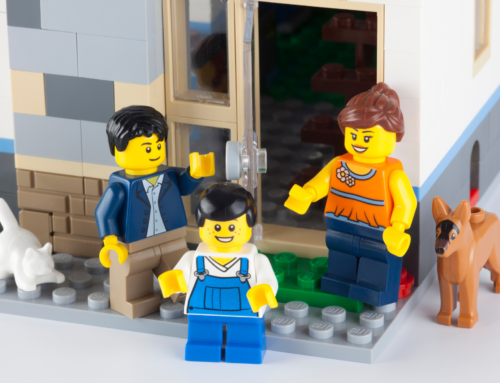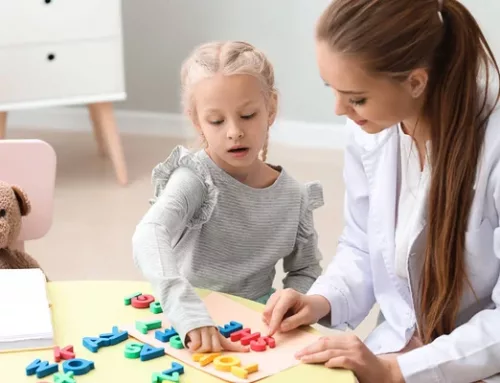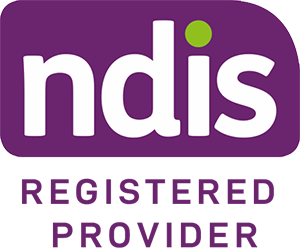As the new year starts, there is excitement and anticipation among many 4-5 year old’s who are starting school. The transition to “big school” from preschool, playgroups or time at home can be a tricky moment for both children and parents/carers. We often hear of more tears coming from parents than the children on their first day!
Here are some practical tips you can implement to ease the transition into primary school. We encourage you to try these strategies in the school holidays before Term 1 and throughout the rest of the school year.
1. I can see it, I can do it
Visual schedules can benefit any child and can help provide structure for both you and your child. A schedule may look at a day, week or month. It is useful to include daily activities like packing your school bag, weekly activities such as library, and special events, for example, excursions and sports carnivals.
If you have before/after school activities it can be great to include these too. Sit down with your child and show them the schedule and have it in an easy to find place for them to look at during the week. The fridge or their bedroom door are two great places.
It is important to remember to remind children about any different changes in their routine. Visual schedules can help to reduce anxiety, support your child’s independence and help with transitions between activities. You can keep it simple and sit down with your child and stick on pictures or draw it together.

2. Practice getting ready
Involve your child in the process of getting ready for this new adventure. Practice trying on their uniform and let them come shopping with you to get a bag, lunchbox and stationery. This allows your child to have some choices and control in this time and may make them feel more comfortable.
Routines make it easier for both children and adults to know what is expected of them and what might happen next. It is useful to have a set morning and afternoon routine for your child. For example, coming home from school, getting changed, having an afternoon snack, having some free time to play outside/inside and then continuing with dinner and bedtime routines.
4. It’s about the journey
Familiarize your child with the journey to school. Take a practise drive, walk or public transport trip to school. Talk about what you see on your trip and the next steps for when you arrive at school.
5. Prepare self-help skills
Encourage your child to be aware of their belongings and clothing items. It’s also useful to make sure they can open their lunchbox on their own and use the toilet independently. Show them how to ask for help and talk about who they can go to if they need any support at school.
6. Keep it positive
Both you and your child are doing their best to adjust to this new routine. Remember to praise your child’s positive attempts, for example, if they help you to pack their bag.
7. Go over any school information provided
Your child may already have completed an orientation program at their school so it can be useful to go over any resources or information that was provided to you.
It is also really beneficial to check your child’s hearing and vision before they start school or soon after.
These tips may also benefit children starting high school or changing schools throughout the year.
Starting school is a new step for both you and your child, so putting in place some supports is a great way to help you both! It is a good idea to regularly touch base with your child’s teacher and school if needed.
Early years allied health professionals, such as the team at Beam Health, can support you and your child if you think they need further support to develop their emotional regulation, social skills or communication.
For more resources, including communication milestones and fact sheets, Speech Pathology Australia’s website has some great information.

Vivien Edwards









